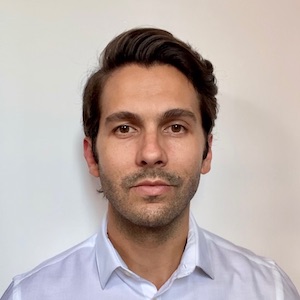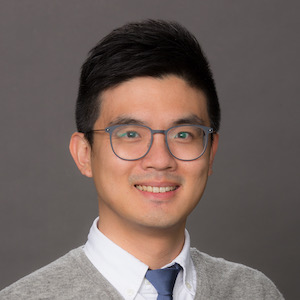
Raul A. Isturiz

Yu Cheng Chang
 Raul A. Isturiz |  Yu Cheng Chang |
Isturiz, Raul A., Gonzalez-Yumar, Roberto C.
Faculty / Advisor: Chang, Yu Cheng
University of Pennsylvania School of Dental Medicine, Department of Periodontics
Periodontal disease is a multi-factor disease caused by different etiologies. To the date, Scaling and Root Planing (SRP) is the standard non-surgical treatment, as it aims to remove biofilm and calculus from teeth surfaces to reduce the periodontal pathogen load, but it does not completely eradicate it without the involvement of surgical procedures. To overcome this limitation and to improve the clinical outcomes, alternate treatments have been studied. The use of the Er:YAG (Erbium-doped Yttrium Aluminum Garnet) laser to remove calculus and bacterial biofilm from the root surfaces through the effect of micro-explosions has been studied as alternative therapy. Two patients were treated using Laser Assisted Periodontal Phase I therapy and short-term results were evaluated.
MethodsTwo patients with residual deep probing depths after the completion of SRP were treated again with SRP and Er:YAG laser therapy. Case 1 is a 45 y/o Caucasian male patient with a medical history of hypertension, bipolar disorder, depression, ADHD and tobacco use. Medications include Amlodipine, Lamotrigine, Atomoxetine and Trazodone. Intraoral examination shows generalized gingival edema, erythema, and deep probings with bleeding upon probing (BOP). Case 2 is a 57 y/o African American female patient with medical history of hypertension treated with Amlodipine. Intraoral examination shows multiple missing teeth, multiple restorations, generalized gingival edema, erythema and deep probings with BOP. No significant findings on the review of systems and the extraoral exam in both. Full mouth SRPs were completed using hand instruments followed by the application of laser in sites with PDs of > 5 mm, delivered with Morita AdvErL EVO using 25PPS and 45mJ. Post-procedure and oral hygiene instructions were given. Follow-up appointments were completed after 6 weeks.
ResultsAt the 6-week reevaluation and in both cases, both probing depths and bleeding on probing showed clinical improvement. However, several sites showed residual deep probings which can be attributed to poor OH and overhanging restorations.
ConclusionThe choice of therapy to treat periodontal disease should be guided by the severity and extent of the affected tissues. Even though improvement was noted in both cases, there is no definitive evidence to support the use of laser therapy as the treatment of choice for periodontal disease.